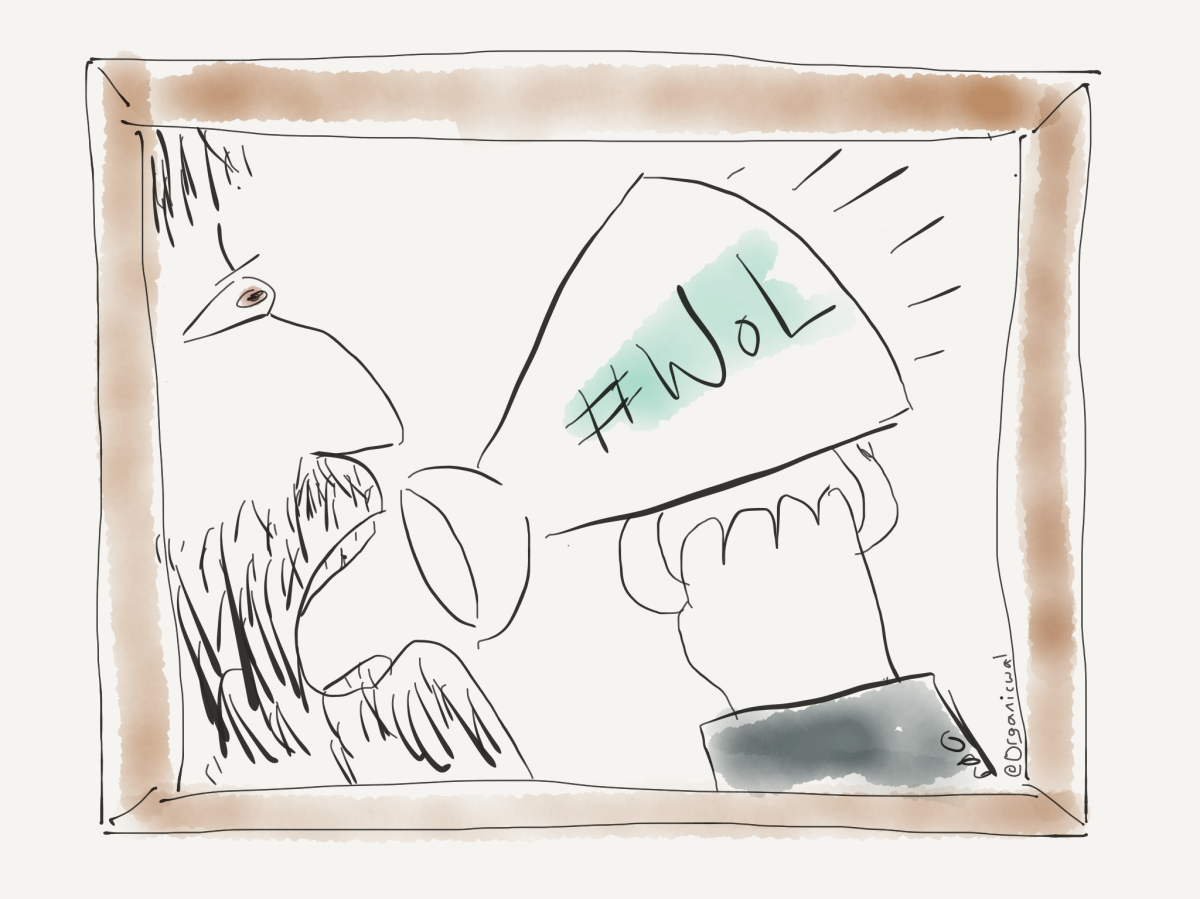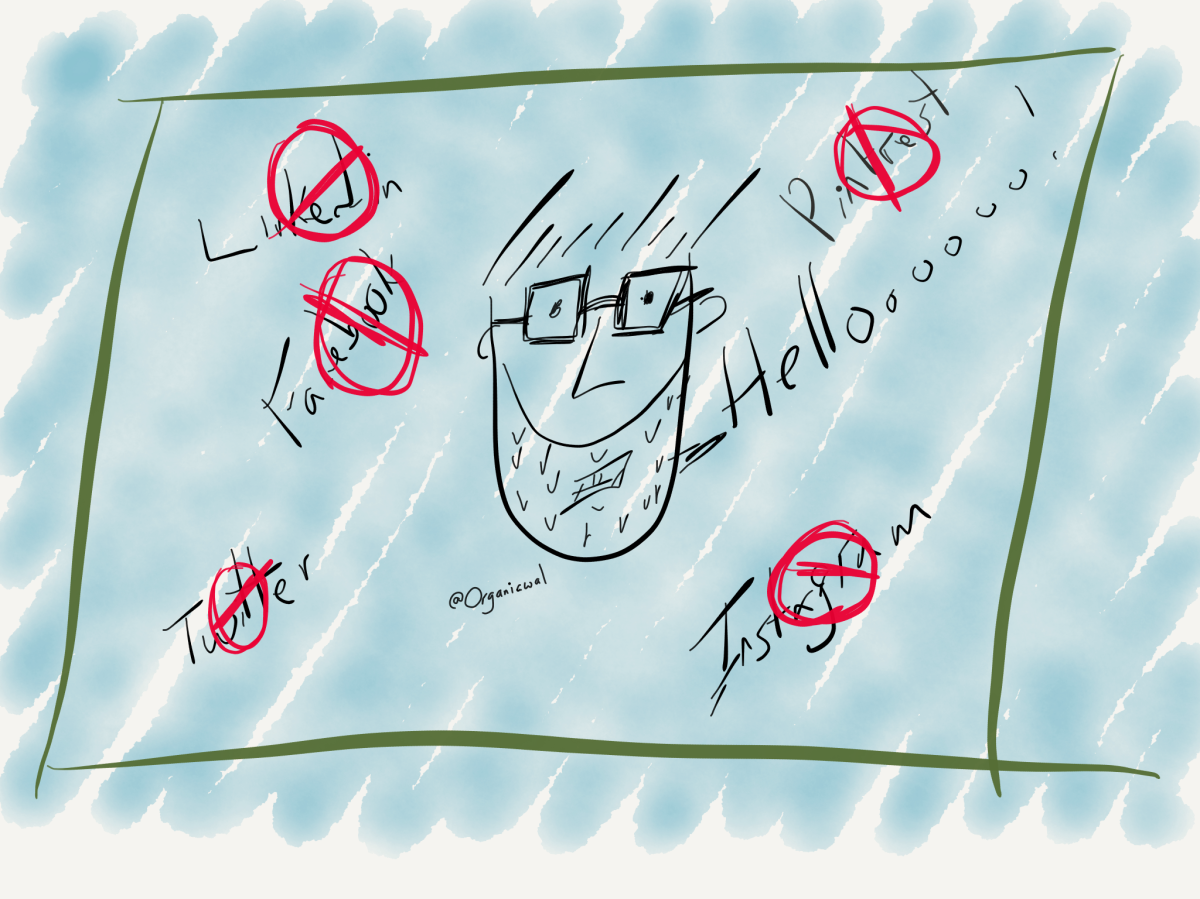I recently started on @hjarche‘s Personal Knowledge Mastery learning programme and, as hoped, it has re-energised my desire to share. One of the tasks this week, was to focus on Sensemaking which, although I may do it internally, is something I quite often fail to show when sharing to a wider audience.
As I scroll through my Twitter feed, something that does sometimes annoy me is the repetition of postings; that one thing that everybody has read, found ‘worthy’ and decides to highlight to their followers without explaining why they are sharing it. Yet I am as guilty as everyone else on this. When I find something interesting, important or just a view-point I agree with I hit the retweet button and that’s ‘job done’.
A previous attendee on Harold’s programme, Karen Jeannette, decided to examine their recent on-line activity and reflect on “conversations and resources I’ve liked, shared, or added as favorites from across the web in the past few weeks“. This gave me a prod to look at my own activity, but I decided to limit it to Twitter and only over one week.
N.B. For those of you in the far-flung future: I am doing this at a time when the world is dealing with the Covid-19 pandemic whilst also raising our voices to challenge racism and abuse of power through the #BlackLivesMatter movement, so a large majority of my activity is an attempt to amplify the message.
Retweets linked to Covid-19 (without adding a comment):
@Kevin_Maguire; @carolecadwalla; @thomasdolphin; @Dr2NisreenAlwan
Retweets linked to Black Lives Matter #BLM (without adding a comment):
@legally_lola; @goIdnangeI; @Unnamedinsider; @hjarche; @m_d_mccoy; @revgregbrewer; @GeekTrader; @jonlis1; @perkin_amalaraj; @perkin_amalaraj; @clairewillett; @BooksNCrannies_; @runjewels; @rauhling_bizzle; @trevormeyer_; @gavinoattes; @ddale8; @VicStoddard; @brittany_artus; @wkamaubell; @nadinebh_; @greg_doucette; @NickAndert; @lisaannejenkins
[General] Retweets (without adding comment):
@txkate__ – talks about her soon to be ex-husband’s reaction to finding out she had been sexually assaulted
@D0NALDGL0VERR – shares pictures of the singer/actor Donald Glover (In each picture of the thread his smile gets gradually gets wider) – just a nice escape from the soul-crushing elements that were appearing in my feed
Retweets (with comment):
1:07 PM · Jun 2, 2020 – @perkin_amalaraj shared a link to a Google Doc giving details on how we can support black lives in the UK
My comment: Don’t just watch and feel impotent anger; do something.
11:16 PM · Jun 3, 2020 – video by @DrJessTaylor in which she decries the pretension and elitism of people accusing her of ‘dumbing down’ language for her recent book
My comment: If we want people to learn, we must ensure they can ALL understand the message!
6:23 AM · Jun 4, 2020 – video of cat, that starts out cute and moves to very creepy. As I said in the tweet “watch before bed for best results” [insert evil laugh]
My comment: Love this. Please watch just before bed for the best results
7:35 AM · Jun 5, 2020 – comment from @jennylandreth about the ridiculous idea that a new royal yacht would boost the country’s morale.
My comment: Think would have to……….agree with this!
8:26 AM · Jun 5, 2020 – @neilmosley5 shares an article by Sarah Bergsen, Erik Meester, Paul Kirschner and Anna Bosman challenging the move to a Constructivism approach in education. This article started to raise questions for me about the approach we take in #LearningAndDevelopment when considering #Andragogy and #AdultLearning in general.
My comment: Do we in #LnD approach andragogy with this in mind? Do we follow the scaffolding approach? Are we just delegating the learning responsibility to ‘novice’ level individuals by taking a ‘self-directed learning’ approach? Does this even have any baring on adult learning? *Thoughts*
9:01 AM · Jun 6, 2020 – a thread from @TatianaTMac detailing some of the ways white people can “focus on current & systemic change” in the fight against racism
My comment: This is not a sprint; it’s a life-long commitment to think against social conditioning.
Blended Learning Paper.li (Automated)
1st June 2020; 2nd June 2020; 3rd June 2020; 4th June 2020; 5th June 2020; 6th June 2020
When I started this exercise I was not expecting the volume of retweets I found, but the more I reflect the more I realise that given my feelings about the #BLM movement it is actually a very small number.
To comment or not to comment, that is a really pertinent question at the moment. I decided early on that any retweets linked to #BLM require no comment from me for 2 reasons:
1 – it is about the message they provide, not my view on them
2 – the message is clear in these tweets and do not require me to clarify anything
Also, anything I add makes the tweet about me, rather than the subject – he says, whilst writing a self-centred blog!
Looking at the tweets where I did add comments, only two of them truly demonstrated I had made a deeper exploration of the content and attempted some Sensemaking before sharing. Also, only one of those included a comment that added something to the conversation rather than just echoing the content.
From a professional standpoint this may not have been the best week to snapshot, given that only one of my retweets was about Learning and Development, but it has made me stop and think about whether I am just adding to the noise, or am I bringing value?
That being said, I still stand by my decision to not comment (unless absolutely necessary for clarification) on #BLM retweets – I see my voice as adding no real value to those, but the messages still need to be shared.
Do you add value with comments on your retweets? Does it really matter? How do you filter through the noise?

Stop the noise – Mastering my Personal Knowledge 1 by David Wallace was written in London, England and is licensed under a Creative Commons Attribution-NonCommercial-ShareAlike 3.0 Unported License.












